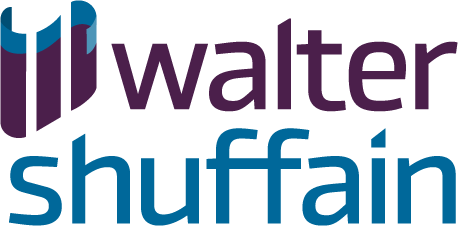Written by: Leah Belanger, CPA, MSA
The new standard for lease accounting from the Financial Accounting Standards Board (FASB) took effect for private companies with fiscal years beginning after December 15, 2021.
While the standard has been in place for about six months, we still hear from companies that aren’t sure whether ASC 842 applies to them or what they should be doing to prepare.
When you think of lease accounting standards, you likely think of retailers, manufacturers, and other organizations with significant leases for physical stores, offices, and large machines. But companies of all shapes and sizes are subject to ASC 842 as long as they prepare GAAP-based financial statements.
ASC 842: The New Lease Accounting Standard
Under ASC 842, all of a company’s leases—barring a few exceptions—must be accounted for on the balance sheet.
Prior to ASC 842, only capital leases—those that are essentially purchase agreements—had to be recorded on the balance sheet. Now, companies must report right-of-use assets (ROU) and lease liabilities for operating leases and finance leases (formerly known as capital leases).
All leases subject to ASC 842 will now be part of the total reported assets and liabilities on an organization’s balance sheet, significantly changing the company’s financial statements.
Many organizations were hopeful that FASB would delay implementation for private companies due to the pandemic. However, there is usually a one-year transition between public company and private company implementation. For public companies, the deadline for ASC 842 was effective for reporting periods beginning from December 15, 2018, i.e., financial statements ending December 31, 2019, for most companies. Ultimately, FASB voted against granting an additional deferral.
Leases Not Impacted by ASC 842
ASC 842 is limited to leases of property, plant, and equipment. So companies may have some leases that are not impacted by ASC 842. Those include:
- Leases of intangible assets. Companies that license intellectual property should follow the guidance of ASC 350, Intangibles-Goodwill, and Other to account for those leases.
- Leases to explore for or use minerals, oil, natural gas, etc.. Companies that participate in these activities must apply ASC 930, Extractive Activities-Mining, and ASC 932, Extractive Activities-Oil and Gas. However, the equipment used to explore natural resources does fall under ASC 842.
- Leases of inventory. Companies that lease inventory should follow the guidance of ASC 330, Inventory.
- Leases of assets under construction. ASC 360, Property, Plant, and Equipment, applies to companies that lease assets under construction.
- Leases of plants and livestock. ASC 905, Agriculture applies to leases of biological assets.
FASB also provides several practical expedients in ASC 842, which companies can use to reduce the burden of adoption. One of those applies to short-term leases.
Companies may elect not to record “short-term” leases on the balance sheet as an accounting policy. To qualify as a short-term lease, it must have an initial term of 12 months or less and not include renewal options or a purchase option that the lessee is reasonably certain to exercise.
Electing not to apply ASC 842 to short-term leases can save time, but it requires navigating a lot of nuance and forecasting management decisions.
Steps to Prepare for ASC 842 Compliance
It’s time for finance departments in private companies to take action to prepare for ASC 842. Some steps you should be taking now include:
- Identifying all company leases. Obvious leases include those for real estate and equipment. However, ASC 842 can also apply to leases for printers, computers, automobiles, and leases embedded in service or supply contracts. Finance departments need to coordinate with several departments to ensure their population is complete.
- Creating controls around management decisions. For example, an organization may classify a lease as a short-term lease as management does not expect to take advantage of a renewal option that would extend the term past 12 months. However, if that decision later changes, the organization must remeasure the lease assets and liabilities.
- Having conversations with banks and other lenders. Most banks are aware of ASC 842, but companies should discuss with lenders how complying with ASC 842 will change their balance sheet and impact debt covenants.
- Calculating and reviewing initial and subsequent accounting for each lease. ASC removed the old lease classification tests. Previously, a lease would be classified as a capital lease if it constituted 75% or more of the asset’s economic life or 90% or more of its fair market value. Now, lease classification is based more on the economics of the transaction and management analysis. Whether leases are categorized as operating or financing, the initial transaction is the same: companies record an ROU asset and a related liability. Only the subsequent amortization of that lease changes.
Complying with ASC 842 is complex, so it’s crucial to start assessing leases and developing a strategy. Contact your Walter & Shuffain advisor for help understanding how ASC 842 applies to you and putting a plan in place to comply with the new reporting requirements.
